Every season when wild sunflowers bloom, the land of Chu Dang Ya (Bien Ho commune, Gia Lai province) awakens the footsteps of travelers, inviting them to come and feel the breath of the great forest. According to geologists, Chu Dang Ya volcano erupted millions of years ago, leaving behind a layer of fertile basalt soil, ideal for agricultural cultivation.
Stories of land and people
From October to March, people around the mountain plant sweet potatoes, pumpkins, and waxy corn. The volcanic soil is fertile and retains water well, but is also prone to erosion if not cultivated properly. Therefore, people here have their own rules: no deep plowing, no burning, and always let the land “rest” after each crop season.
People living around Chu Dang Ya do not call the land here “volcanic land”, but simply “red land”. Mr. Ro Mah H’Binh, Ia Gri village said: This land is arid in the dry season, but when it rains, it grows well on any crop. Sweet potatoes are very sweet, pumpkins have many big fruits. But you have to know how to preserve the land, not be too greedy, and not plant continuously. The elders have taught us that the land also needs to rest…
The dry season in the Central Highlands is long, the sun is harsh, the hot wind blows strongly, causing the land to crack and crops to lack water. In the rainy season, landslides occur, roads are cut off. Although life is hard, the people of Chu Dang Ya still cling to the land and the village. "There was a year when the whole potato crop was lost, but we still planted it again. Because this is the land of our ancestors, where we were born and raised," said Mr. Ro Mah H'Binh.
Today, the lives of the people around the mountain still retain many of the old traditions. The wooden stilt houses have corrugated iron or thatched roofs, and the wood stoves are always red hot in the early morning. The sound of gongs does not resound every day, but on village festivals, weddings or new rice celebrations, the whole village gathers at the foot of the mountain, around jars of rice wine, so that the sound of gongs resounds throughout the mountains and forests.
On school holidays, the village children often follow their parents to the fields, carrying rice balls, salt and pepper, and a small basket. They not only learn how to plant trees, but also how to observe the weather, how to recognize good soil, and how to keep the fields from becoming infertile. Once a week, a market is held at the foot of the mountain.
Ms. Ro Lan H'Mi, a Jrai woman with a gentle smile beside the baked sweet potato stove at the market, turned the batch of sweet potatoes and proudly said, Chu Dang Ya purple sweet potatoes are the sweetest in the highlands. Nowhere else can compare. That statement is not just an advertisement, but a belief that has been cultivated over many seasons. Grown on red basalt soil, the sweet potatoes here are firm, sweet, and fragrant. It is this special feature that has turned Chu Dang Ya purple sweet potatoes into a "specialty product" so traders often order them when the fields are still green.
Looking forward to the changes
The Jrai consider Chu Dang Ya Mountain a sacred place. Children are taught not to shout when going up the mountain, not to pick wild sunflowers indiscriminately, and not to sleep on the mountain top.
Going to the top of Chu Dang Ya early in the morning is probably an unforgettable experience for any tourist who comes here. The road up the mountain is not too difficult, passing through potato fields, flower bushes and sometimes slippery red dirt roads. On the top, the wind is stronger, from here you can see the whole Chu Pah land with green coffee fields, faded tin roofs and winding roads. Every year, in November when wild sunflowers bloom, Chu Dang Ya becomes an attractive destination for tourists.
Vice Chairwoman of Gia Lai Provincial People's Committee Nguyen Thi Thanh Lich said that November is the time when nature puts on a new coat. To promote the image of Gia Lai to tourists from all over the world, the province has assigned the Department of Culture, Sports and Tourism to preside over the development of a program and detailed script for the wild sunflower festival, focusing on introducing OCOP products and local specialties to attract tourists.
At this time, the red dirt roads winding around the mountains have appeared with brilliant yellow flowers under the highland sunshine, creating a vivid and colorful picture. The local government has made separate walking paths, placed signs, organized volunteer teams to collect garbage, built a community tourism development project, supported skills training, connected inter-regional tours... to promote tourism. Ms. Nguyen Thi Mai, a tour guide in Pleiku, shared that tourists come here not only to see the flowers, but also to feel the peace, simplicity, and honesty of the people. They get to eat sticky rice, drink rice wine, and listen to stories about volcanoes and the lives of the Jrai people.
Although the potential for community tourism in Chu Dang Ya is gradually being awakened, the development journey still faces many difficulties. Some households have boldly opened homestays, selling specialties such as sweet potatoes, wild honey, and rice wine. Young people in the village have become tour guides, leading visitors to the top of the mountain, telling stories about local life, about fruit picking seasons, and festivals celebrating the bumper rice harvest.
However, along with the opportunities are many challenges. Some trails are eroded due to the heavy use of motorbikes, garbage appears after the festival season, wild sunflowers were picked too much in previous years, leaving an unsightly image. Incomplete traffic infrastructure, lack of accommodation services, untrained tourism human resources... are things that need to be improved. More worrying is that the fragile boundary between promotion and preservation is gradually being erased, especially when tourism develops too quickly without orientation of indigenous cultural values. From communal house architecture, traditional festivals to community lifestyles, there is a risk of being commercialized and transformed according to market tastes.
For Chu Dang Ya to truly become a sustainable destination, a harmonious development strategy is needed, where local residents are both tourism workers and preservers of their nation's heritage.
At the foot of the dormant volcano, the lives of the Jrai and Ba Na people continue to be written through sweet purple sweet potatoes, stories told by the fire and the desire to preserve the village mountain as a part of their flesh and blood. The vitality here does not lie in the red-hot earth, but in the hearts of the resilient people, attached to the mountain as the elders here used to say: "The mountain is still the village mountain".
Source: https://baolamdong.vn/ngay-moi-tren-chu-dang-ya-400880.html



![[Photo] Da Nang: Hundreds of people join hands to clean up a vital tourist route after storm No. 13](https://vphoto.vietnam.vn/thumb/1200x675/vietnam/resource/IMAGE/2025/11/07/1762491638903_image-3-1353-jpg.webp)








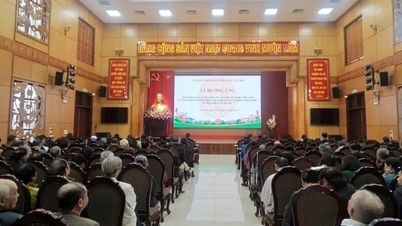

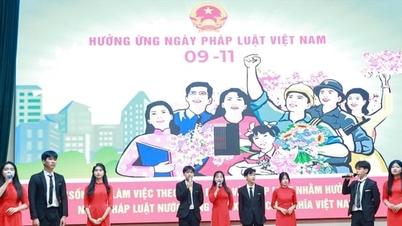
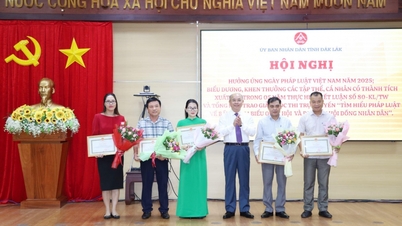

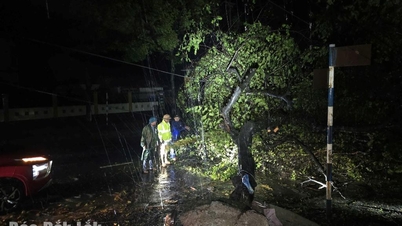




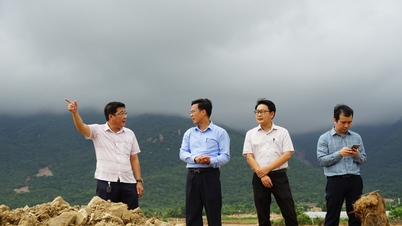



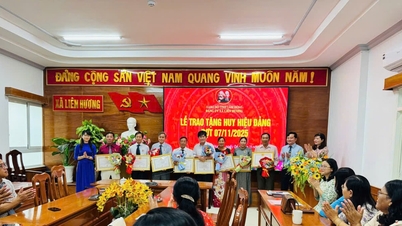







































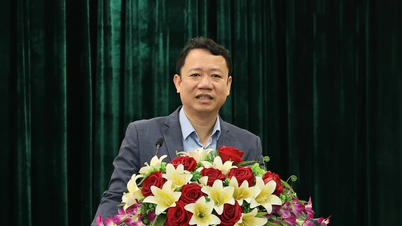


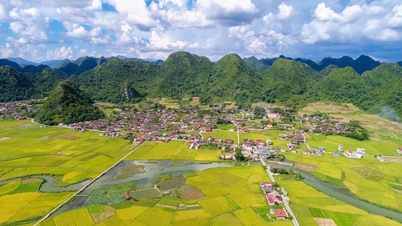





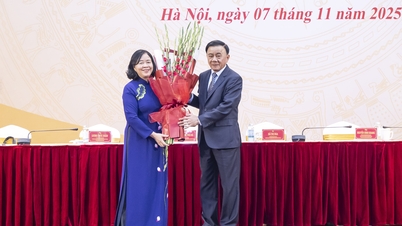


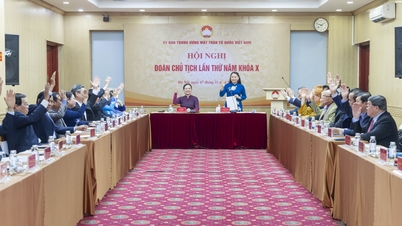





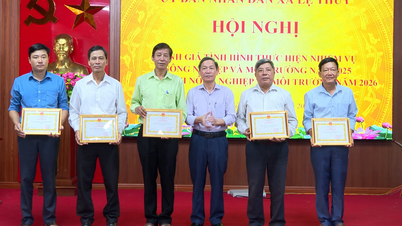















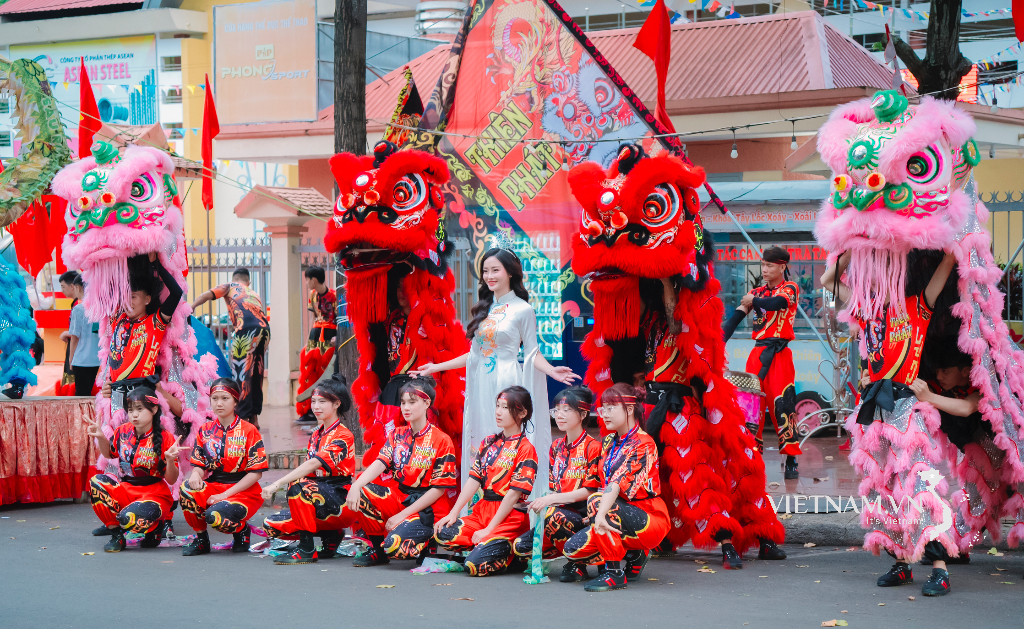



Comment (0)